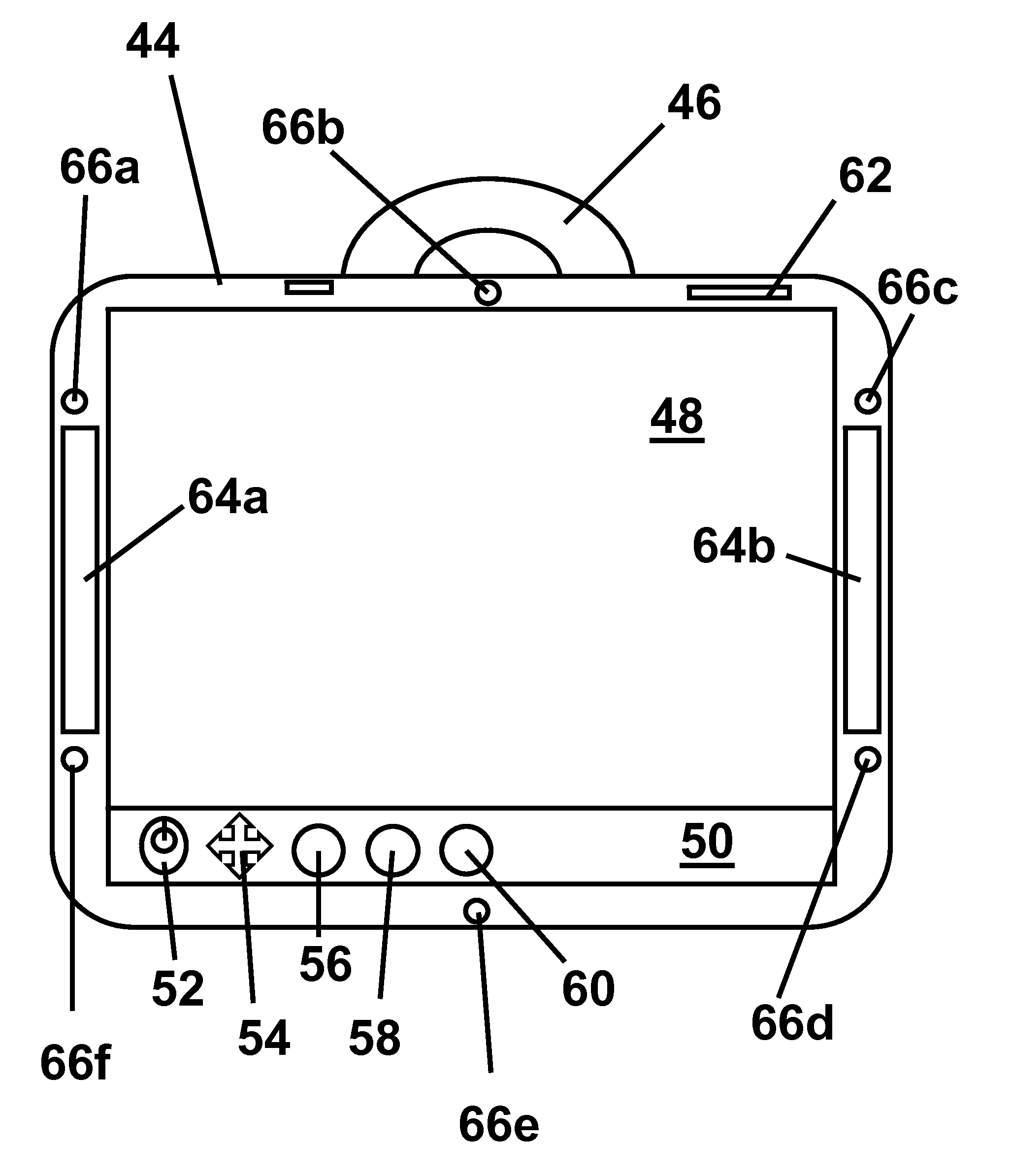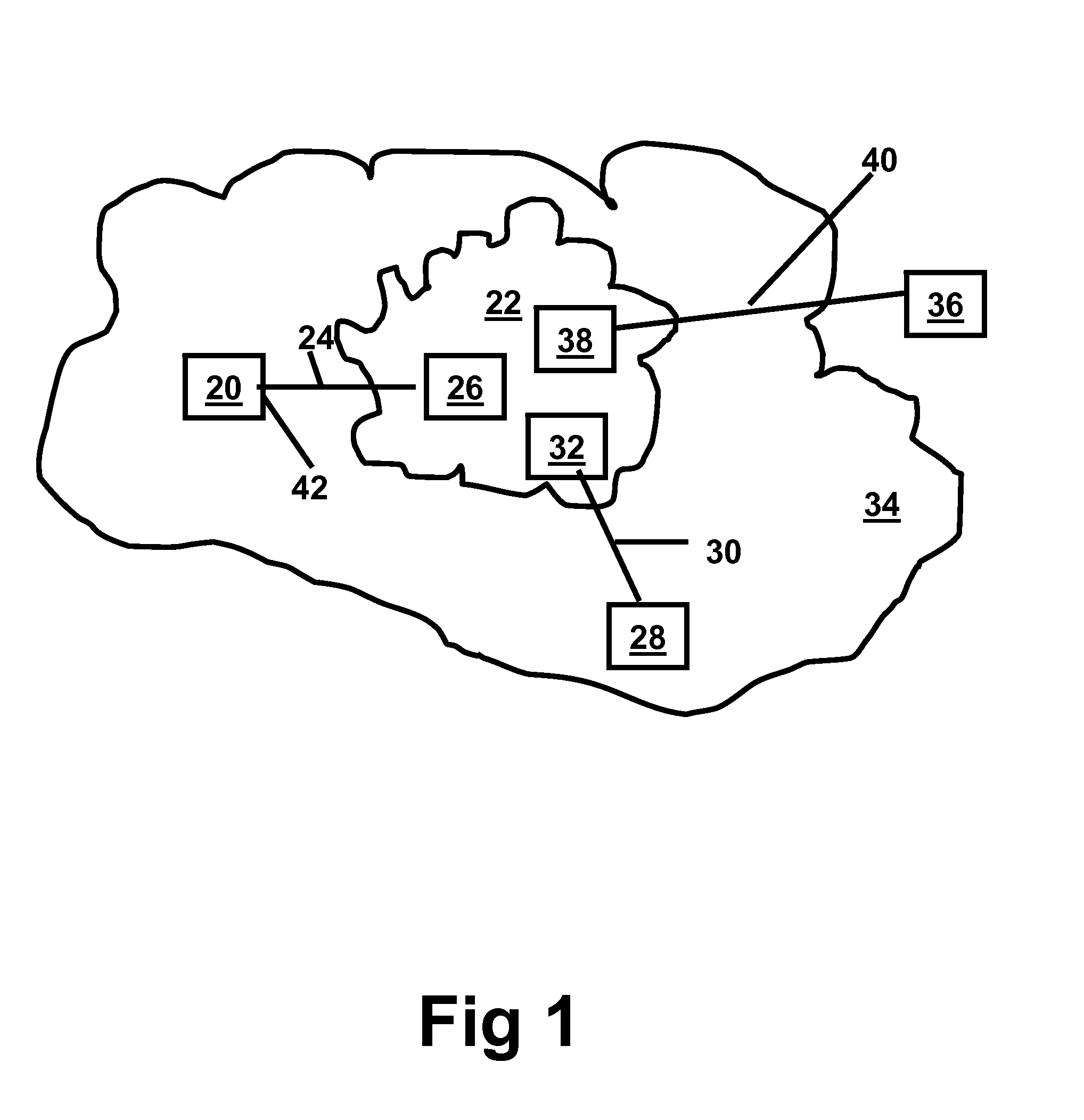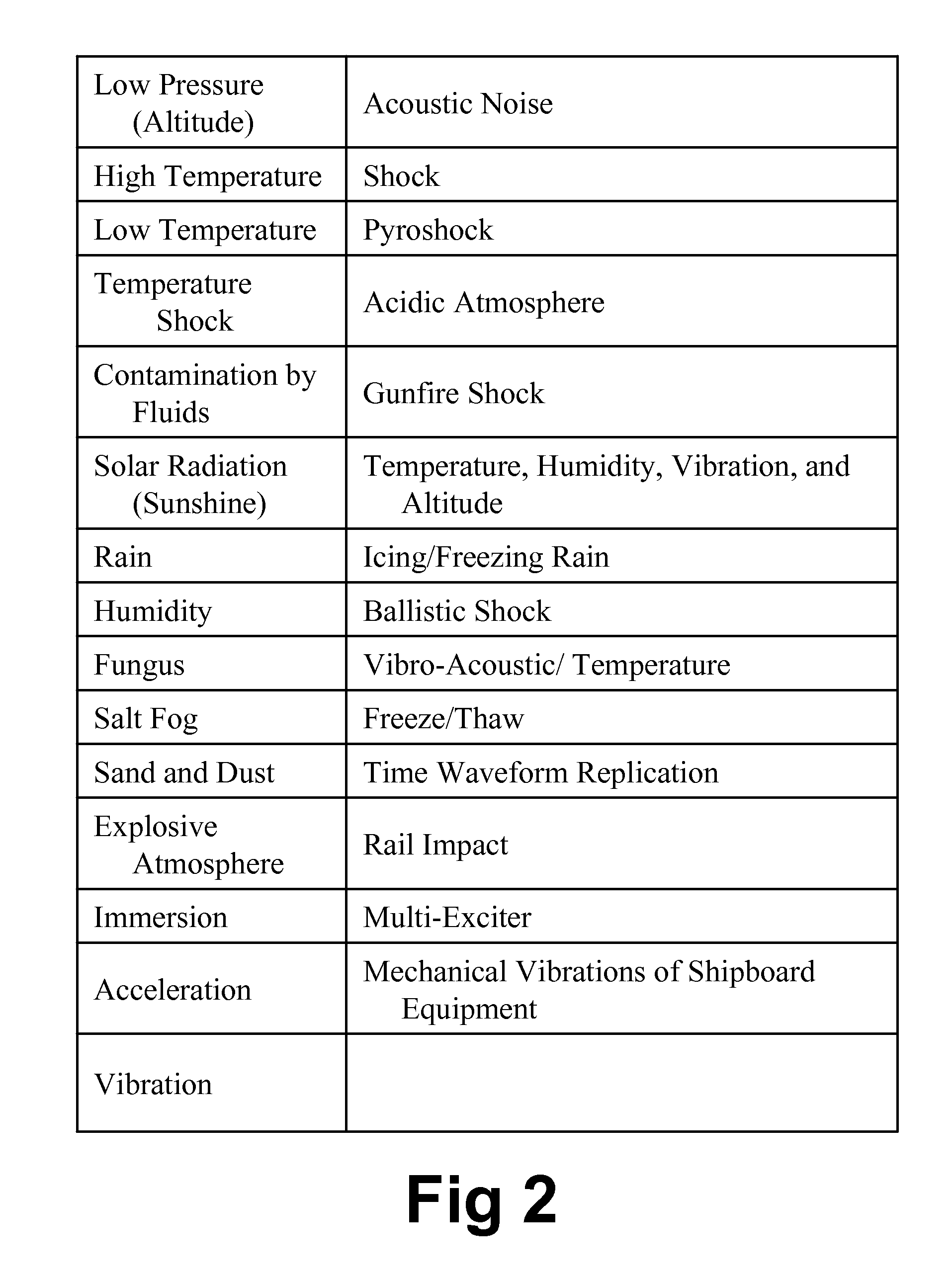Similarly reference book replacement devices will probably tap into non-portable sources that do not need such caches either.
The mission, sophistication, functional allocation, and cost of even the simplest of such systems do not align at all with the requirements for the book replacement device.
Such capability could certainly be added to the schools' or libraries' IT systems, but that does not give it any part of the book replacement device.
That is unless such is done at some time in the future when the marginal cost for adding the capabilities to the
hard copy book replacement device has become vanishingly small.
In a similar
vein Huffman et al have four patents that disclose applications and features that can be implemented in an
electronic book but do not contribute to meeting the requirements of a BRD per se.
None of these disclose useful details applicable to the systems level implementation of a BRD but only candidates for trade studies in the subsystems of particular products.
Close inspection of this group, however, reveals there are significant gulfs between each of these inventions and the requirements for the book replacement device.
Just as a generic jacket is inadequate to the requirements of a Chicago winter, no such generic
electronic book will succeed as a BRD.
Unfortunately most of the time that the resolution of a display is called out it really only reveals the
vintage of a specific
machine's design and the nominal performance of that display for specified manufacturing and test conditions.
Such static descriptors don't tell what the
system overall can do given a wide range of input data needing to be displayed or the ambient conditions affecting the user.
Users of handheld displays like texting machines have reported eye strain and
headaches due to having to hold their units too close to their faces in order to read the small text.
To reiterate briefly, the combination of an extremely small screen, the availability of extremely small
font, and a desire to have at least a minimum level of text density on the screen resulted in the unhealthy practice of
staring into the screen from too close a perspective.
It is not enough to rely on static, nominal performance descriptors with regard to providing the ultimate performance.
Nor is it wise policy to assume commercial suppliers will think these issues through and get it right on their own.
Such ultimate
system performance could not be determined for any of the patents from the way the inventions have been described in the specifications and in the claims, but such determinations typify the hard requirements of the BRD.
A
specific model of display may provide adequate resolution for text passages, but it may not be adequate to support the presentation of maps when the screen is no larger than a standard sheet of paper.
The available screen size may be inadequate to see the desired details and the big picture at the same time.
The area of the map encompassed within a specific portion of the viewer's eye's
field of view, however, gets smaller and smaller.
That's the kind of issue that leads to specified requirements for resolution,
field of view,
magnification, color, and a number of other factors.
With respect to even these cornerstone parameters of presentation, though, the 32 patents in this group have only spotty coverage.
There is nothing that discloses that the variables that drive these parameters need to be addressed, let alone that they are critical.
They are therefore not a lowest cost approach for the specified functionality and are therefore outside a disciplined affordability range.
Also, commercially available computers almost never meet the ruggedness requirements of the system envisioned.
Moreover portable computers are popular theft targets, and they only
gain loss resistance through added features such as the backtrack
software described earlier.
Even such
software is not a reliable talisman against loss.
There is no assurance, for example, that malefactors who have been successfully tracked to their hideout will not get rid of the evidence prior to capture if able by throwing it into a deep river or out of a speeding vehicle.
It is reported to cost several thousands of dollars.
Such ruggedness and cost are way beyond the students'
machine needs.
The
relevant cost components for these capabilities are entirely alien to the authorized costs for the book replacement.
Another obstacle is that most
point of service tablets do not have nearly a large enough flat display to present school quality maps and
graphics with enough
field of view and resolution simultaneously.
If they did have such displays, they would be cumbersome for portable service.
They are also relatively heavy.
Given that school systems' student populations are not typically the addressed markets for the manufacturers of these machines, it is unlikely that such development will take place.
These are damage by being dropped, damage from having something dropped on it, and damage due to having liquid spilled on it.
The degree of hardening for this company's products is limited to typical work or school scenarios.
While semi-rugged computers are not as incompatible with the book replacement device requirements as are standard computers, they do share all the other deficiencies of standard portable computers except for damage resistance.
They do not meet the shape or size needs, and they are theft targets rather than being theft resistant.
They are more expensive to acquire than standard portable computers, which themselves are more expensive than is acceptable for the extremely large number of book replacement devices needed to eliminate hard copy.
Thus the current designs are close to what the book replacement device needs in some aspects, but they do have some major disqualifying short comings.
They currently do not fully meet the size requirements because they are shaped to resemble paperback novels.
Going to the larger size means the manufacturers would have to purposely address a whole new market, a major step with enormous business risk and entailing the development of entirely new processes and controls.
The main deficiencies by far, though, are in a lack of ruggedness and theft resistance.
Even were such not the case, this approach has all the limitations and drawbacks of the computers on which it is operated.
It lacks ruggedness, theft resistance, some aspects of security, and affordability.
More than being simply over-hardened and overly expensive, though, military displays lack important capabilities.
Given that they are attached to military circuits, the incoming
signal is assumed to be unadulterated and authorized.
Thus they lack IA capabilities.
Additionally, like most televisions and standard computer monitors, they don't store data per se.
They lack theft resistance because generally they are physically guarded from unauthorized personnel, although those with built-in carrying handles are conspicuously not
consumer products.
They have all the short comings cited earlier for thin clients except for a lack of ruggedness, and they have the same problems as military displays except in the degree of autonomous
signal processing.
The products and markets that do so, however, are divergent from BRD market and unlikely to spontaneously converge thereto.
Current school systems' efforts, the interactive systems and the use of commercial e-readers and laptops, do not address the full set of requirements, and they will not solve the problem.
There is little to justify these manufacturers' diversion of resources to enter a market populated by conservative buyers with very tight budgets and enormous skepticism.
Virtually nothing has been done to provide distinctive visual and tactile cues regarding ownership.
With neither the buyers nor the sellers recognizing the uniqueness of a textbook replacement and its potential payoffs, it is unlikely that any fully integrated requirements set will be drafted.
In the absence of a guide such as in this application the probability of first shot success of an optimized device that fits into no currently perceived niche is low.
The preferred embodiment is not interactive with the higher level system to which it is attached except for very limited security and logistical purposes.
Specifically the interactivity is limited to identity
verification and
user authentication; the selection and secure, reliable, and accurate delivery of materials to be downloaded; the format for the display and other details of the presentation; and
technical support.
It is versatile for its intended mission in that it can display all textbook content, and with the passage of time various types of aural and video content, but it cannot be easily used for any other purpose.
 Login to View More
Login to View More  Login to View More
Login to View More 


